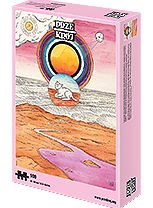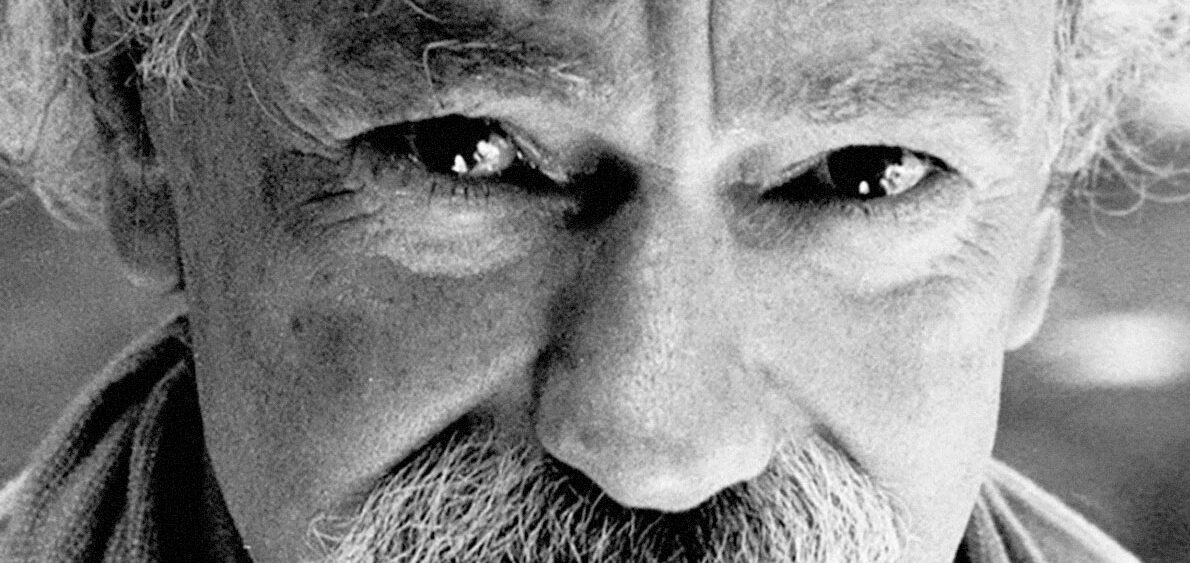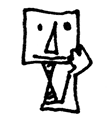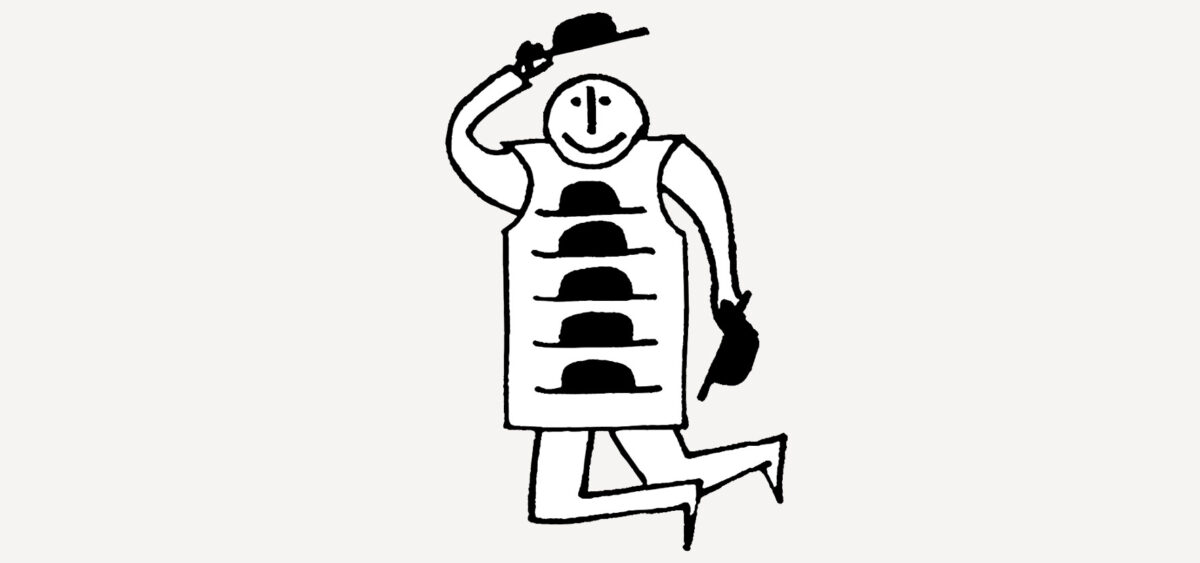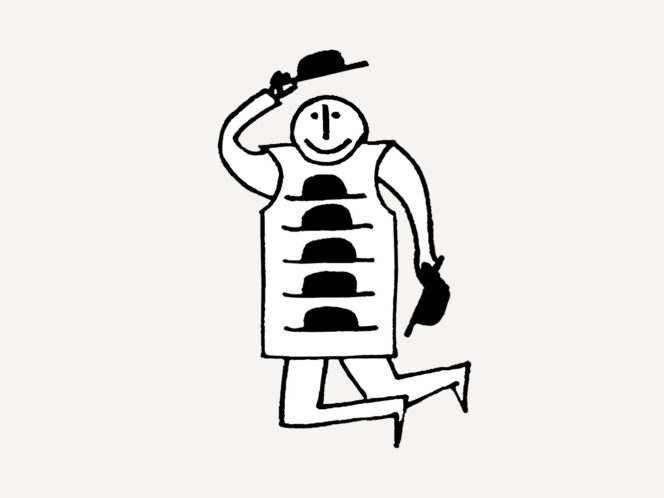
At the end, the fortunate can say: I lived my life to the full and exactly how I wanted. But Tiziano Terzani raised the bar – he showed us how to die in a beautiful and concise manner.
“The arrangements are as follows: when the time comes, you will contact the Green Cross. Discreetly, they will come by the house and do what needs to be done. As you have known for some time, I want to be cremated and I would like the casket to be as simple as possible, preferably made from wooden boards. In it, I will be taken to the chapel and from there – as quickly as possible, without prayers, singing, or speeches, but in my beloved silence – I will be taken to the crematorium, which I will leave as dust in a simple urn that can be passed on to the family. This is how I will return to the land of Orsigna. I want it to happen in this way. Do everything you can to ensure that. Thank you and have a good laugh. Hugs.”
Terzani wrote this letter to his loved ones – wife Angela, son Folco and daughter Saskia – a few days before they would need it, in his favourite purple ink, his handwriting already wobbly. Later, in a conversation with his daughter, he adjusted the instructions: “Choose a nice place […]. One day you will put there a beautiful stone with a hollow, so that the birds could come to drink water.”
The beginning is my end
He was glad that he would die in the Tuscan valley where as a five-year-old boy he had learned about the magic of life and nature. The village of Orsigna was his liberation – here, he could escape his overprotective and controlling mother. She wanted a daughter so badly that she dressed him in dresses. The valley gave him the first opportunity to be alone and feel freedom – he would satisfy this longing throughout his entire later life. In his final ruminations, he admitted that his existence – although in his writing, he ascribed it the dimension of a meaningful search – was, in essence, an escape.
In the 1920s, while on a field trip with the People’s University, his father Gerardo discovered Orsigna for the Terzani family.


